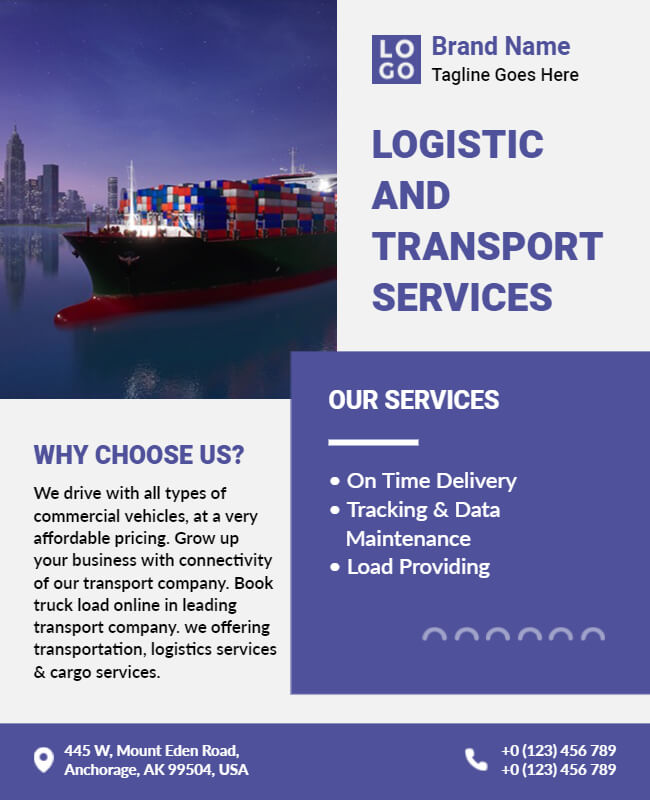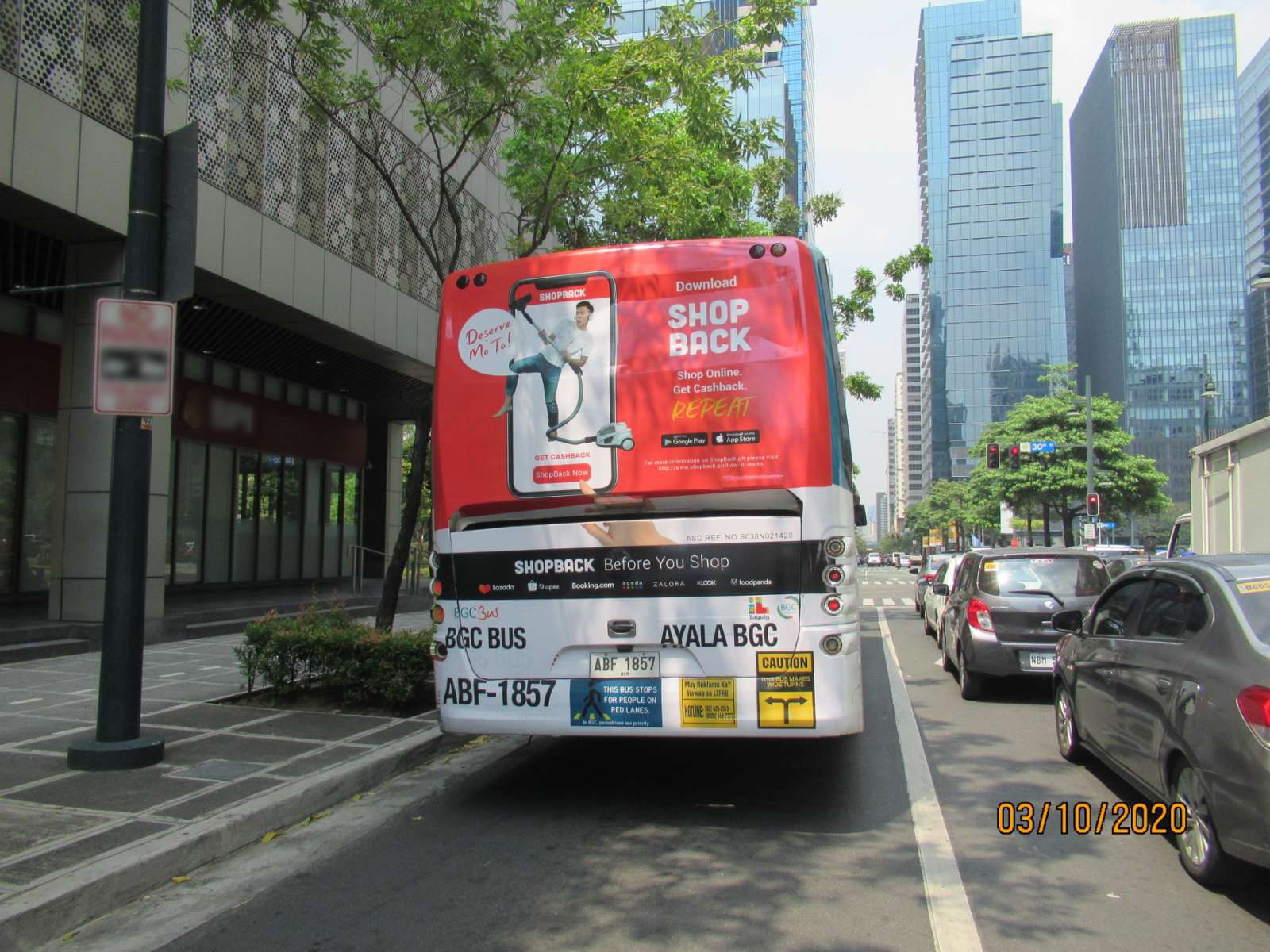How Transit Advertising And Marketing Can Change Public Transportation Spaces Into Dynamic Advertising Operatings Systems
Transportation advertising holds significant possibility to redefine public transport rooms right into lively advertising and marketing platforms that educate and involve. By utilizing cutting-edge styles such as interactive stands and electronic display screens, brands can not only reach a diverse audience yet likewise improve the total traveler experience. This technique develops a special chance for brands to get in touch with consumers in a setting that is usually ignored. As we check out the diverse advantages and evolving strategies of transportation marketing, it raises the question of exactly how this change could redefine our communications with both brands and the metropolitan setting.
Benefits of Transportation Advertising

In addition, transit marketing is extremely cost-efficient compared to traditional media. It enables advertisers to attain high perceptions at reduced prices, optimizing return on investment. The restricted audience of travelers gives a chance for brand names to share their messages to individuals that are typically receptive throughout their travel times.
Additionally, the vibrant nature of transit marketing allows projects to be upgraded regularly, guaranteeing that messaging continues to be pertinent and timely. This adaptability can be critical in replying to market trends or advertising occasions, keeping the brand name top-of-mind for customers. Last but not least, the pervasive presence of transportation marketing contributes to brand name recall; duplicated exposure within acquainted traveling contexts enhances brand recognition and cultivates customer commitment, inevitably driving sales and improving brand name credibility.
Kinds Of Transportation Marketing
Mass transit systems offer numerous styles for marketing, each satisfying various advertising and marketing approaches and audience interaction techniques. One prominent type is exterior bus and train wraps, which cover the entire vehicle and create a mobile signboard impact, permitting high visibility in metropolitan atmospheres. These wraps can capture attention as they go across active roads, reaching a diverse target market.
One more popular style is indoor advertising, which includes posters, digital screens, and ads on transportation seats. These positionings involve travelers during their trip, strengthening brand name messaging in a constrained area. Digital displays, in certain, use the advantage of vibrant material, enabling marketers to update messages in real-time.
Terminal advertising is additionally considerable, featuring posters, banners, and interactive booths within transit terminals. These ads take advantage of foot traffic and can target details demographics based on area.
Last but not least, marketing partnerships with transportation authorities can lead to special campaigns, such as themed transportation experiences or occasions, improving the total engagement with travelers. Each type of transportation marketing offers distinctive benefits, permitting brands to customize their method to effectively reach their target audience within the public transport ecological community.
Engaging Commuters Properly
Commuters are progressively flooded with marketing messages throughout their everyday travels, making it crucial for brand names to engage them in cutting-edge methods. To record focus in this congested space, advertisers have to focus on creative thinking and significance. Making use of eye-catching visuals and concise messaging can considerably enhance the possibility of engagement.
Interactive aspects, such as QR codes or enhanced truth attributes, can additionally transform fixed ads into immersive experiences, fostering a much deeper link with the target market. Brand names must focus on addressing travelers' needs and the original source rate of interests, tailoring messages to reverberate with their way of life, whether with promos for regional businesses or solutions made to boost their commuting experience.
In addition, timing plays a vital role; tactically placing advertisements during height commuting hours can take full advantage of exposure and impact. Engaging travelers effectively also involves leveraging social media assimilation, permitting travelers to share their experiences or promotions straight from transportation platforms, thereby intensifying brand name reach.
In significance, efficient engagement pivots on recognizing the traveler journey and developing engaging, interactive, and relevant advertising experiences that not just capture focus but likewise drive activity and loyalty. By doing so, brand names can change public transportation right into a dynamic advertising system that resonates with its target market.
Measuring Advertising Effect
How can brand names precisely examine the efficiency of their ad campaign in transportation atmospheres? Measuring the influence of transit advertising and marketing requires a complex method that incorporates qualitative and measurable metrics. One prevalent technique is tracking engagement with mobile analytics, where brand names can evaluate foot website traffic patterns and app communications before, during, and after projects.
Surveys can supply valuable insights right into brand recall and consumer view, allowing brands to determine how well their messages reverberate with travelers. Additionally, checking social media interaction pertaining to specific campaigns can disclose changes in public perception and brand conversation.

Furthermore, visit the website working together with transit companies can improve dimension precision, as they usually have detailed demographic data on ridership trends. By integrating these approaches, brands can develop a comprehensive understanding of their advertising efficiency, making sure that their projects not just get to yet additionally affect their target market successfully.
Future Patterns in Transit Marketing
A considerable shift is expected in transit marketing as technological advancements and transforming customer habits reshape the landscape. Transit Advertising Philippines. The integration of interactive media and digital display screens is anticipated to improve engagement, allowing brand names to provide dynamic web content that reverberates with diverse audiences. As mass transit systems accept smart technology, marketers will certainly leverage real-time information analytics to tailor messages based on guest demographics and habits
Furthermore, boosted truth (AR) is poised to change the method commuters engage with advertisements. By providing immersive experiences, AR can change a mundane trip into an interesting narrative that records focus and promotes brand name loyalty. This innovation will likely urge advertisers to produce more experiential projects that drive customer interaction.
Sustainability is an additional crucial pattern influencing transit marketing. As ecological consciousness expands, brands will progressively look for to align with eco-friendly methods, making use of sustainable products and promoting environment-friendly initiatives within their projects.
Verdict
In final thought, transportation advertising provides substantial benefits by enhancing brand presence and involving a captive audience. With numerous formats, such as exterior covers and electronic displays, it transforms public transport right into a vivid advertising platform. Efficient involvement strategies and robust dimension strategies better enhance its effect. As patterns advance, the possibility for innovative interactions between brands and commuters is poised to grow, making sure that transportation advertising and marketing continues to be a vital component of modern marketing techniques.
Transit advertising holds considerable potential to redefine public transport rooms into dynamic advertising systems that educate and involve. The my review here pervasive presence of transit advertising and marketing adds to brand recall; duplicated direct exposure within familiar traveling contexts reinforces brand name understanding and fosters customer loyalty, inevitably driving sales and improving brand reputation.
Exactly how can brands accurately examine the effectiveness of their marketing projects in transit environments?In final thought, transit advertising and marketing offers substantial benefits by enhancing brand presence and engaging a captive target market. Transit Advertising Philippines. As fads progress, the possibility for cutting-edge interactions between travelers and brands is poised to expand, guaranteeing that transportation advertising and marketing continues to be an important element of modern marketing techniques